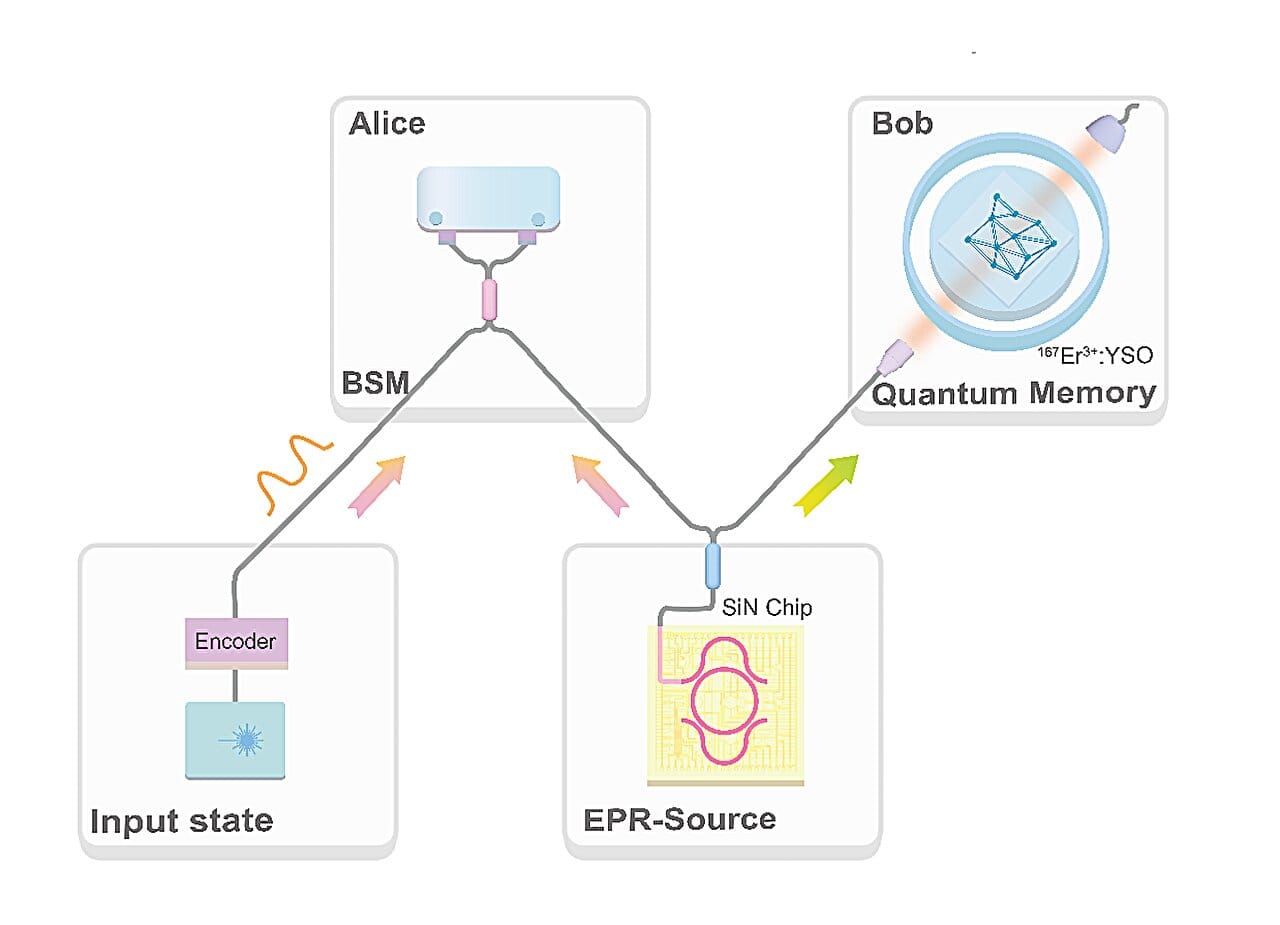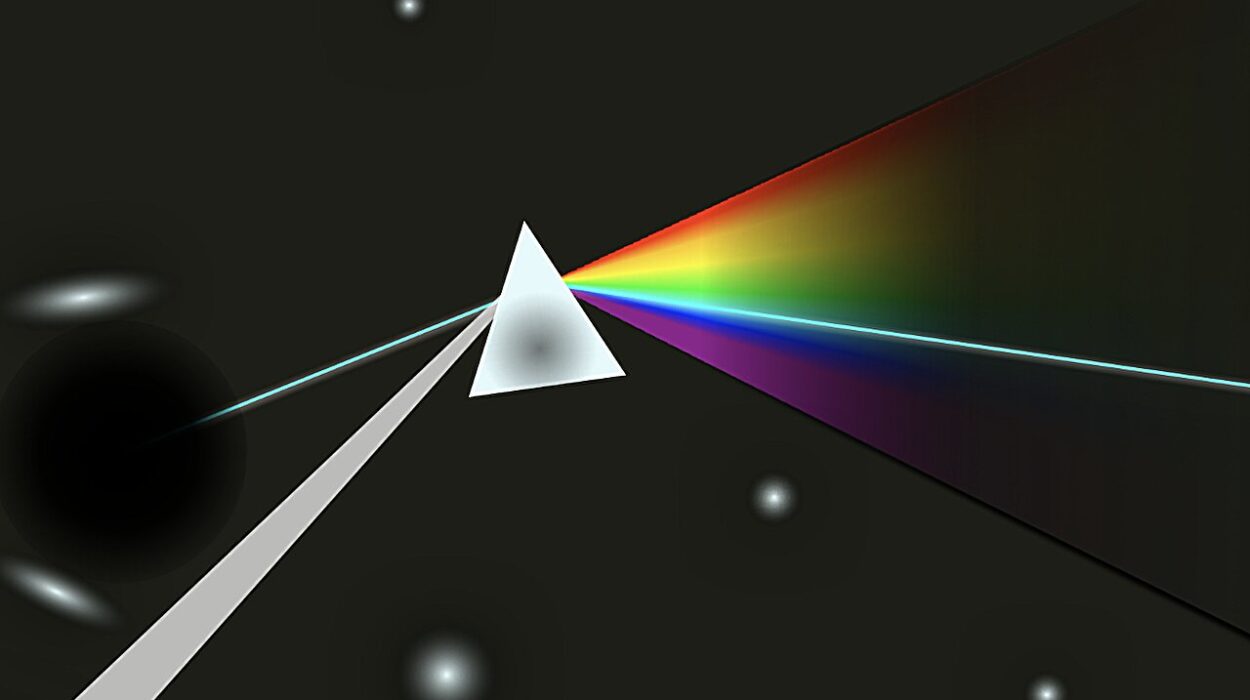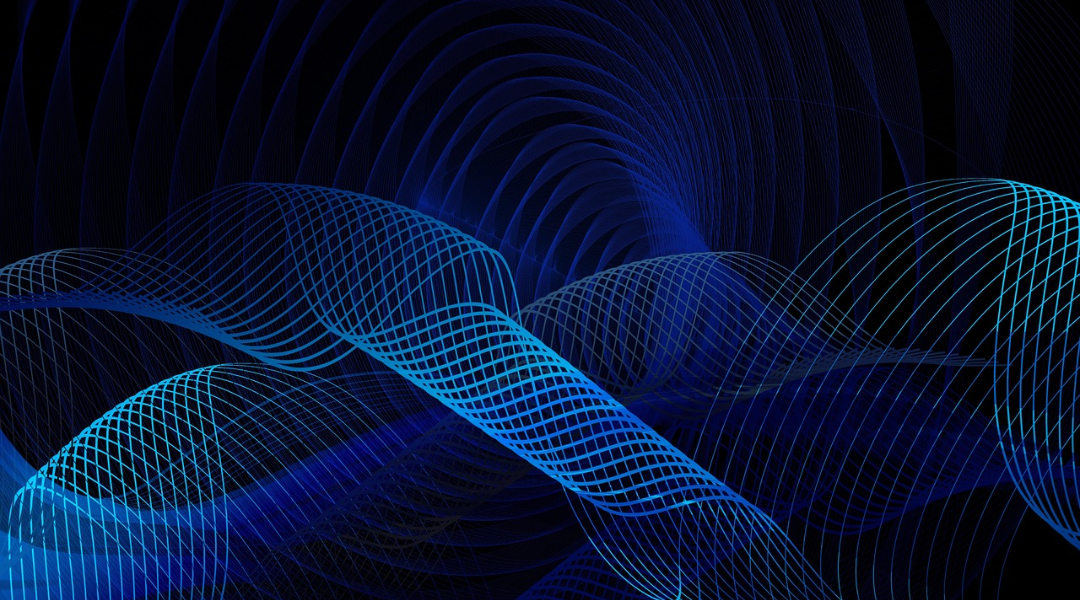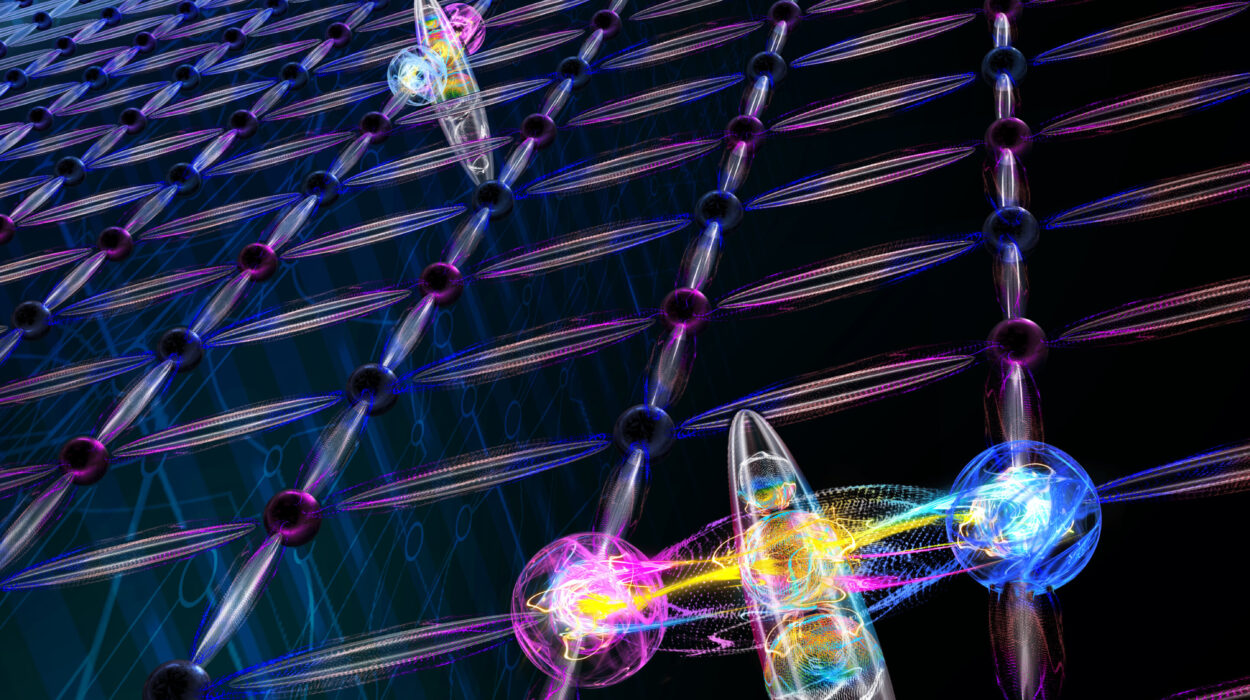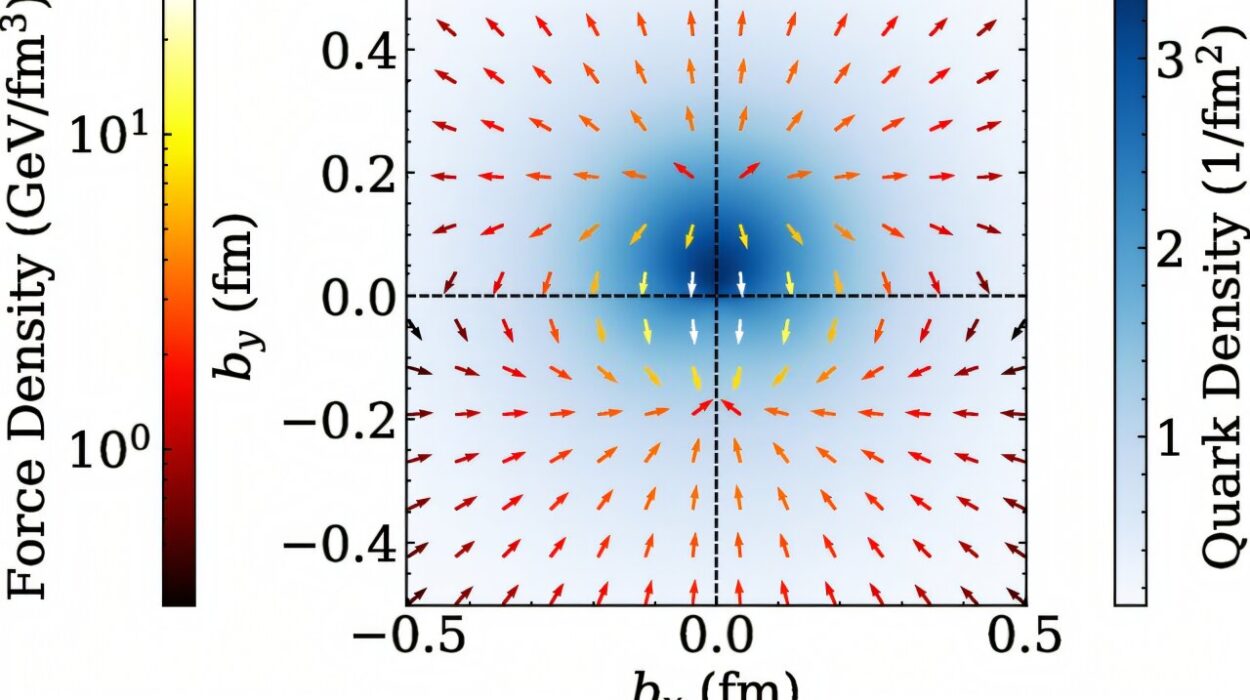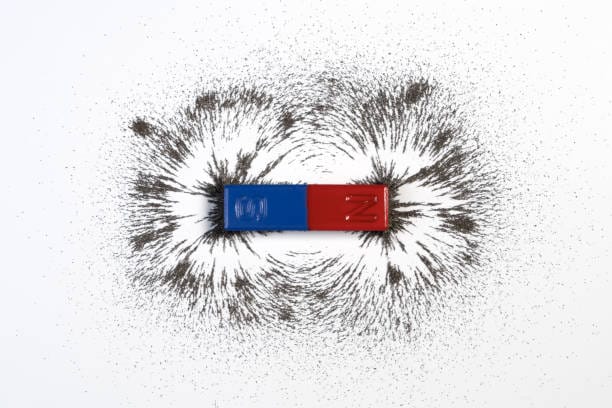Imagine whispering a secret into one corner of the universe and having it appear instantly, untouched, undetectable, and unrevealed, in a distant location. The message never travels through wires, doesn’t beam through satellites, and never touches the void in between. It simply—appears. No postal stamp, no footprint, no trail.
This isn’t science fiction anymore. It’s quantum teleportation.
Not to be confused with Star Trek-style teleportation of objects or people, quantum teleportation transfers information—the delicate, ghostly fingerprint of a particle’s state—across vast distances without moving the particle itself. It’s one of the most mysterious and promising protocols in quantum mechanics, and its mastery may one day form the backbone of a quantum internet, a vast, secure, entangled web of communication unlike anything the world has ever seen.
The Ghost of a Particle
To understand quantum teleportation, one must first accept a world ruled by paradox. In the quantum realm, particles can exist in superpositions—being in multiple states at once. They can also become entangled, where two particles become so deeply connected that the state of one instantly determines the state of the other, no matter how far apart they are. Albert Einstein famously referred to this as “spooky action at a distance.”
Quantum teleportation harnesses entanglement as its bridge. The basic idea is this: if you entangle two particles, keep one nearby and send the other far away, you can use them as portals for transmitting quantum information. When a third particle’s state is measured in relation to the local entangled one, it causes the distant entangled partner to instantly assume the original state of the third particle.
This all happens without the state being copied or revealed—a crucial requirement under the rules of quantum mechanics. Quantum information is delicate; once you measure it directly, it collapses. Teleportation sidesteps this problem, allowing transmission without detection. The message moves without moving.
Not Just a Thought Experiment Anymore
Though quantum teleportation was once a purely theoretical curiosity, researchers have been testing and demonstrating it in labs since the 1990s. Over the years, photons—particles of light—have been the preferred messengers, shot across fiber-optic cables or through free space, sometimes across cities, sometimes between mountaintops.
Yet a major obstacle remained: most experiments operated at wavelengths incompatible with real-world telecommunications infrastructure. The lasers and optical fibers that make up the global internet hum with light in the telecom band, a narrow range of wavelengths optimized for long-distance travel with minimal loss. Photons outside this range don’t travel efficiently through fiber, limiting scalability.
This incompatibility meant that, although teleportation could be demonstrated, it couldn’t yet be scaled into a network that the world could plug into. A true quantum internet, one that could overlay our existing systems and revolutionize how we think about communication, required teleportation to happen natively in the telecom band.
And then came the breakthrough.
The Nanjing Leap: Teleportation Enters the Telecom Era
At Nanjing University in China, a team of researchers led by physicist Xiao-Song Ma achieved something that’s been a long time coming. For the first time, they successfully demonstrated quantum teleportation of a telecom-wavelength qubit into a solid-state quantum memory. Their findings, published in Physical Review Letters, mark a crucial step toward a functional, fiber-compatible quantum internet.
It wasn’t merely about sending photons. It was about storing them.
The experiment used erbium ions, rare earth elements embedded in a solid matrix, to create a quantum memory—a kind of resting place where quantum information can pause before continuing its journey. These memories are crucial for building quantum repeaters, the backbone of long-distance quantum networks.
Classical internet uses repeaters too, but in a quantum network, data can’t simply be copied or boosted along the way. Instead, quantum repeaters rely on entanglement distribution: breaking the total distance into smaller segments, teleporting across each one, and stitching the connections together through synchronized quantum memory. If any part of that chain fails, communication collapses. That’s why a reliable quantum memory is as important as the teleportation itself.
A Symphony of Systems
Ma’s team orchestrated an intricate setup involving five sophisticated subsystems, each one tuned with surgical precision. First, they generated entangled photons on an integrated photonic chip using an Einstein-Podolsky-Rosen (EPR) source. Then, they created input states that carried quantum information, and directed these photons toward a Bell-state measurement device—a technique that decides how quantum entanglement will play out.
Next came the quantum memory, based on erbium ions frozen in time and space inside a solid-state matrix. To align the delicate wavelengths, they employed a highly specialized frequency distribution module, stabilized with a Pound-Drever-Hall locking technique, which allowed them to fine-tune the optical frequencies with exquisite precision.
Every detail mattered. Timing. Phase alignment. Optical purity. A single imperfection could destroy entanglement, erase information, or render the memory blind. And yet, it worked.
Quantum information, encoded in a photon at telecom wavelength, was teleported into a solid-state memory that could store it long enough for the next phase of the journey. For the first time, every component of the system spoke the same language as our existing fiber-optic infrastructure.
What It Means: A New Internet of Light
Why does this matter?
Because this experiment did more than prove a point—it showed that quantum teleportation isn’t confined to exotic labs anymore. It can be built from parts that already fit into today’s communications world. It made the idea of a quantum internet not just plausible, but tangible.
Unlike the internet we know today, which sends packets of data that can be intercepted, copied, or corrupted, the quantum internet will enable absolutely secure communication. Any attempt to eavesdrop will collapse the message. Any interception will leave a scar. Encryption will no longer rely on mathematical tricks, but on the very structure of reality itself.
In addition, a quantum internet will allow multiple devices to share entangled states across long distances, enabling instantaneous synchronization and potentially fueling revolutionary advances in distributed quantum computing, sensor networks, and scientific collaboration at scales never imagined.
The teleportation achieved by Ma’s team was only a few meters. But in principle, that same teleportation could happen across oceans, between continents, or even between Earth and space.
The Challenges Ahead
Still, the road ahead is steep. Storing quantum information is one challenge. Storing it for long durations without losing fidelity is another. Ma and his team are already planning to improve the performance of their erbium-based quantum memory, aiming for longer storage times and higher efficiencies.
Noise, loss, and environmental interference remain persistent enemies. Photons are fragile, and entanglement can be easily broken. Building quantum repeaters that can survive these threats over long distances will require not just engineering prowess, but deeper understanding of quantum systems under real-world conditions.
Yet with each new experiment, the path becomes clearer. With every photon teleported, every memory built, and every entangled pair stabilized, humanity takes a step closer to weaving a new kind of web—not of code and copper, but of coherence, superposition, and quantum light.
A Whisper Across the Void
Quantum teleportation defies intuition. It challenges the classical worldview where information has to physically move, where distance defines delay, and where secrecy depends on keys that can be stolen.
Instead, it offers something otherworldly: the ability to transmit a secret without ever letting it be seen, to share information that never travels through space, to speak across the void without sound.
Ma’s work at Nanjing isn’t just a technological achievement. It’s a signal. A whisper. Proof that we are on the brink of a new era of communication—one where the strange dance of particles may become the new language of connection, and where teleportation, once the stuff of imagination, becomes the invisible thread tying our future together.
Reference: Yu-Yang An et al, Quantum Teleportation from Telecom Photons to Erbium-Ion Ensembles, Physical Review Letters (2025). DOI: 10.1103/3wh8-2gh1.
